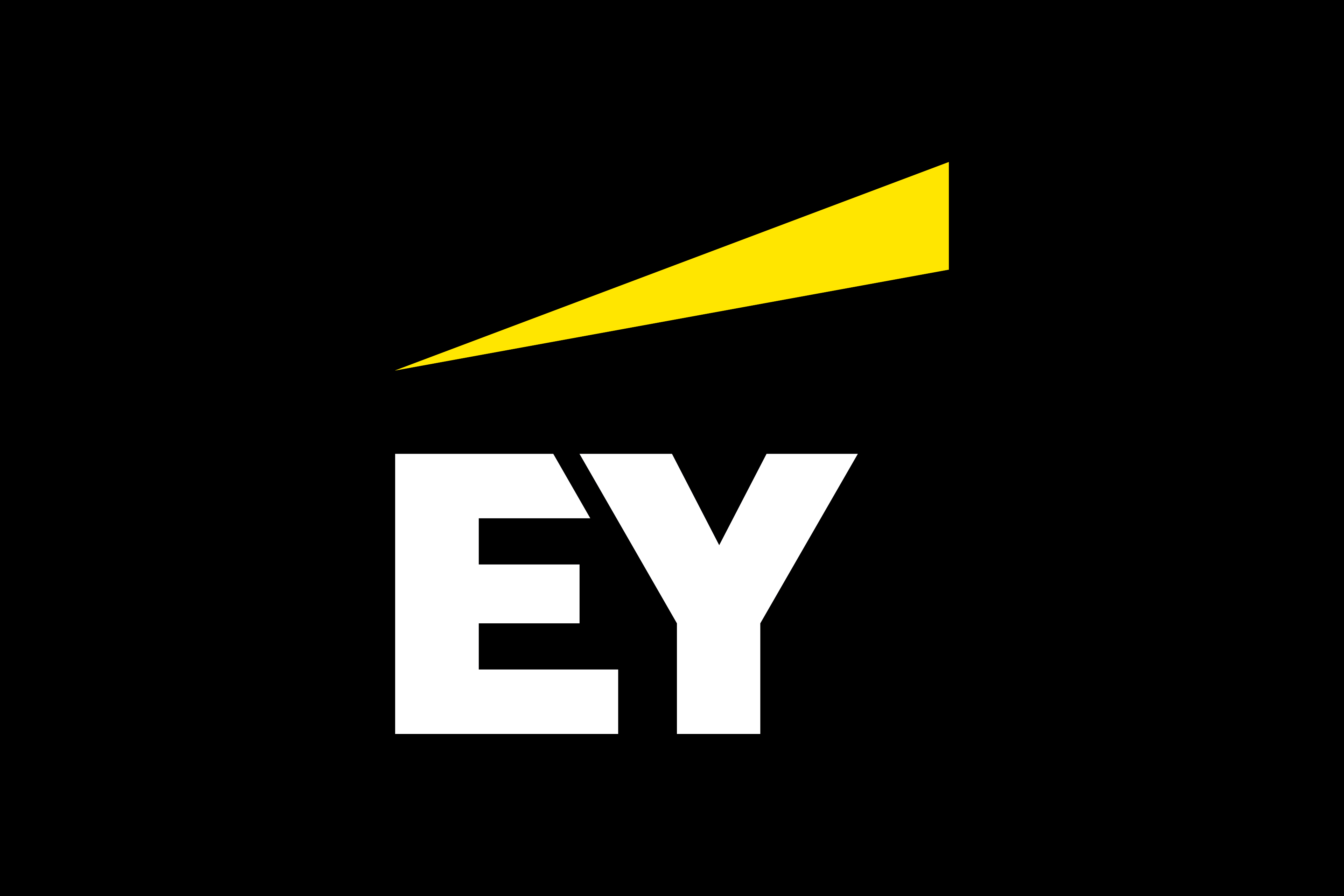EY refers to the global organization, and may refer to one or more, of the member firms of Ernst & Young Global Limited, each of which is a separate legal entity. Ernst & Young Global Limited, a UK company limited by guarantee, does not provide services to clients.

GenAI is opening new possibilities for supply chain planners who can use it for everything from risk management to global route planning.
In brief
- Generative AI can run complex ‘what if’ scenarios and produce suggestions for future actions, enabling organisations to plan ahead for potential disruptions.
- GenAI is already being used for contract negotiations with positive results for both customers and vendors.
- Organisations need to be mindful of the dependency of the technology on high quality data before rushing to integrate it across the supply chain network.
The pace of adoption of artificial intelligence (AI) has been turbocharged since generative AI (GenAI) hit the headlines at the end of 2022. Organisations are racing to find new use cases and find ways of deploying the technology to reduce costs, improve efficiency, and enhance performance and competitive. One area of particular focus has been the supply chain.
The use of AI in supply chains in nothing new. Organisations have been using the technology for demand planning and procurement for several years and they are exploring its use in other areas such as process standardisation and last mile delivery optimisation. Even in the relatively new area of sustainability tracking and measurement, AI adoption is as high as 62%, according to EY’s most recent study on supply chain sustainability.
The advent of GenAI has opened up a whole new world of possibilities, however. What would have seemed like science fiction just two years ago is now a reality thanks to the technology’s ability to take the data it has been trained on and turn it into new content and insights following natural language interactions with users.
It is no surprise therefore that around 40% of supply chain organisations around the world are already investing in GenAI, according to IDC’s 2023 Future Enterprise Resiliency and Spending Survey.
Simplified user experience
Organisations are training GenAI models on their own datasets and then asking them to find ways to improve efficiency and support future planning. The power of the technology is enhanced by its simplicity of use. Users do not need to have any background in coding or software to operate it. They can use the “chat” function to ask questions in natural language and receive responses in the same format.
In one case, a biotech company is using GenAI to assist with supply chain planning. The technology runs “what-if” scenarios on what might happen if certain supplies are disrupted as a result of global shocks.
Risk management made easy: Indeed, risk management is among the most powerful of GenAI’s capabilities. The technology can be used to analyse historic data and overlay it with data on past and current market conditions, weather patterns and geopolitical events, among other sources, to pinpoint potential supply chain risks now and into the future.
Beyond mere risk identification, it can also be prompted to produce scenario simulations and response strategies to help planners to proactively manage and mitigate the risks.
Automation of vendor negotiation and processes: At an operational level, GenAI can be used to automate the tender process and purchasing terms and conditions with suppliers. This brings structure and consistency to often complex processes while also taking the emotion out of face-to-face engagements. The technology can be directed to seek the best value result taking all variables into account and producing better outcomes in many cases. In fact, when a US retailer used a bot to negotiate terms, 65% of the suppliers involved said they preferred interacting with it to negotiating with an employee.
At a global level, it can analyse a vast number of variables, including differing tariffs, customs regulations, trade agreements, container availability and shipping costs, to propose the most efficient and cost-effective trade routes and strategies.
GenAI can ease logistics pain
Closer to home, logistics network design is another area of opportunity. GenAI can optimise networks by taking into consideration multiple factors such as warehouse locations, transport links and demand patterns to generate the most efficient configuration. This leads to faster delivery times, lower costs, and improved service levels.
Taking it one step further, the technology can be used for dynamic last mile route optimisation. GenAI can continually update, and revise delivery or pickup routes and schedules based on changing factors such as traffic conditions, weather, and the order of priority of deliveries. This can deliver increased efficiency, fuel savings and improved customer satisfaction.
Need to take a measured approach
Organisations, however, need to be aware of the limitations and risks associated with the use of GenAI in supply chains. GenAI tools are only as good as their input data and rushed implementations can result in poor and indeed damaging results. The quality and availability of data from supply chain partners is also of critical importance and organisations must take all possible steps to ensure it meets the required standard. It is, therefore, better to take a measured and considered approach to the implementation of GenAI tools in the supply chain rather than rush into something out of fear of being left behind by competitors.
Summary
GenAI has opened up new possibilities for supply chain optimisation. Organisations can use it to reduce costs, increase efficiencies, and drive out complexity in existing arrangements at the same time as building the resilient supply chains of tomorrow. Continuing developments in the technology are making it more accessible financially and easier to use. In these circumstances, every organisation should have a strategy for GenAI use in its supply chain.
Related articles
How effective supply chain cost management can deliver top line value
Reducing costs can deliver enhanced supply chain resilience along with improved competitive advantage. Find out how.




